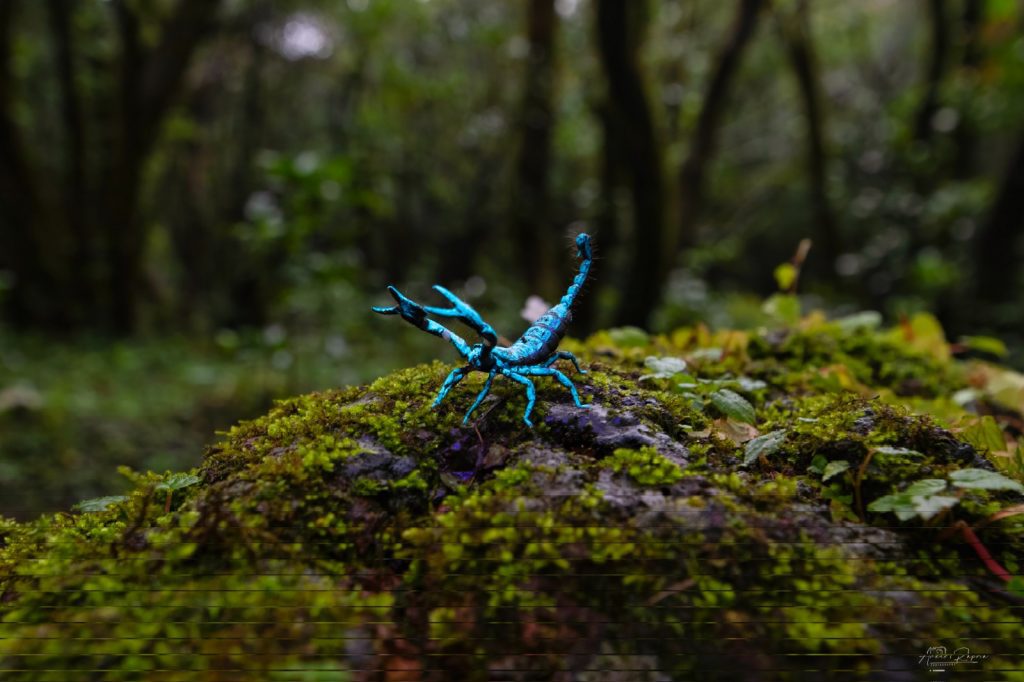Scientists have estimated that there is a total of 8.7 million animal species living on Earth. We know only 1.2 million species of them, and there are 7.5 million species yet to be discovered. Some of the species are not just amazing, but they mesmerize us with their appearances.
2016 batch IRS officer Ankur Rapria shared photos of giant forest scorpions glowing under UV light on social media. These are found on the Western Ghats in Amboli, Maharashtra. The photos left netizens amazed!
Mr. Rapria posted on X with the words, “Giant forest scorpions are nocturnal They are solitary (living alone), and they generally only come together to mate. Giant forest scorpions spend the majority of their time in underground burrows that they dig with their first two pairs of legs. When threatened, the scorpion will face the threat with open claws and arched tail. If further harassed, the scorpion is likely to pinch first and use its stinger only as a last resort”.
𝑮𝒊𝒂𝒏𝒕 𝑭𝒐𝒓𝒆𝒔𝒕 𝑺𝒄𝒐𝒓𝒑𝒊𝒐𝒏
— Ankur Rapria, IRS (@irsankurrapria) September 21, 2023
Giant forest scorpions are nocturnal They are solitary (living alone), and they generally only come together to mate. Giant forest scorpions spend the majority of their time in underground burrows that they dig with their first two pairs… pic.twitter.com/ZZ59F4w8xa
He further said, “Scorpions, along with other arthropods and insects, have an outer layer called a ‘cuticle’. Unlike the cuticles on your fingers, which are made of hard or dead skin, the cuticle on a scorpion is a part of its exoskeleton. This cuticle has a thin section called the ‘hyaline layer’. The hyaline layer is what reacts to ultraviolet (UV) light, such as black light or moonlight, and causes the scorpion’s body to glow.”
Scorpions, along with other arthropods and insects, have an outer layer called a “cuticle.” Unlike the cuticles on your fingers, which are made of hard or dead skin, the cuticle on a scorpion is a part of its exoskeleton. This cuticle has a thin section called the “hyaline…
— Ankur Rapria, IRS (@irsankurrapria) September 21, 2023


















